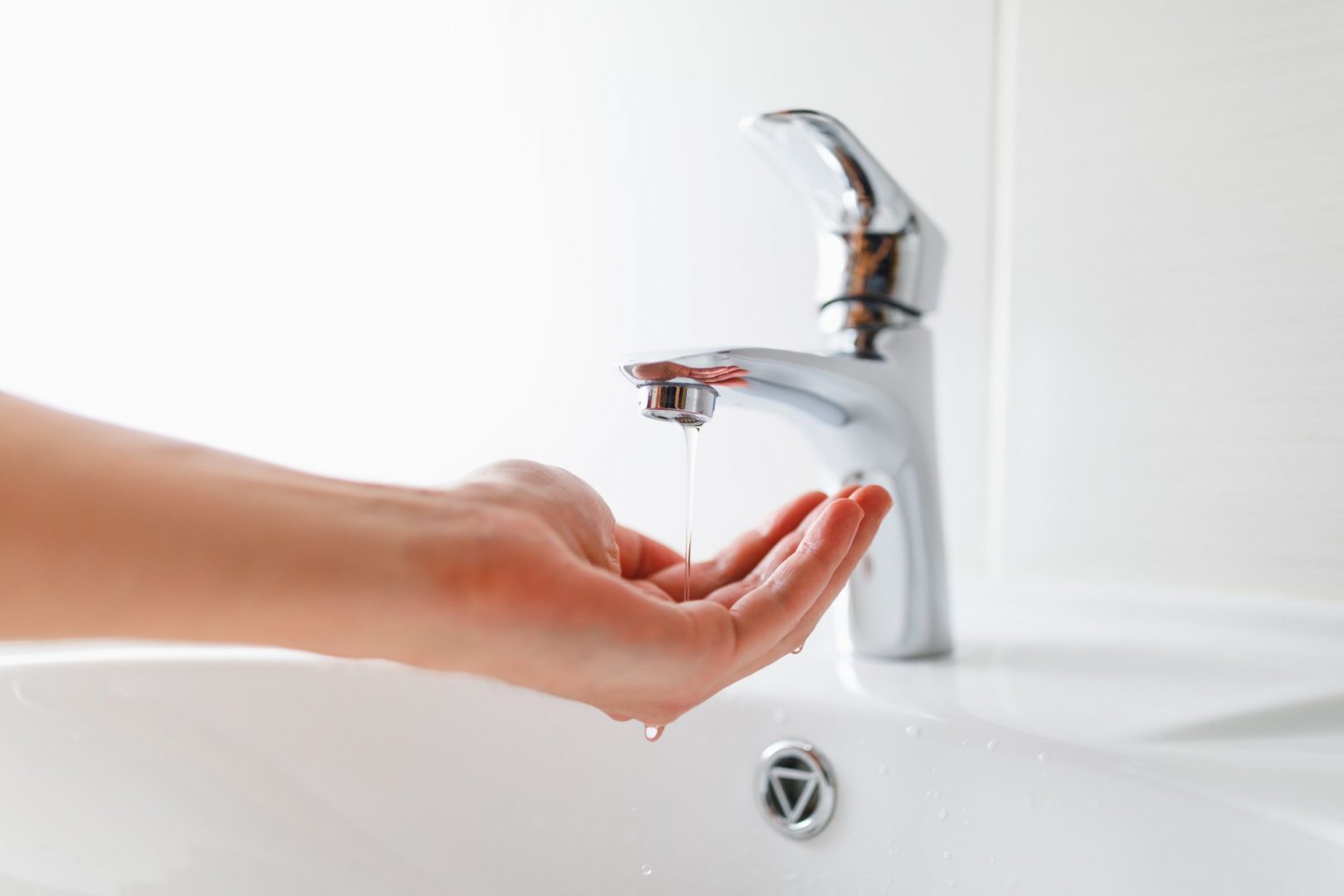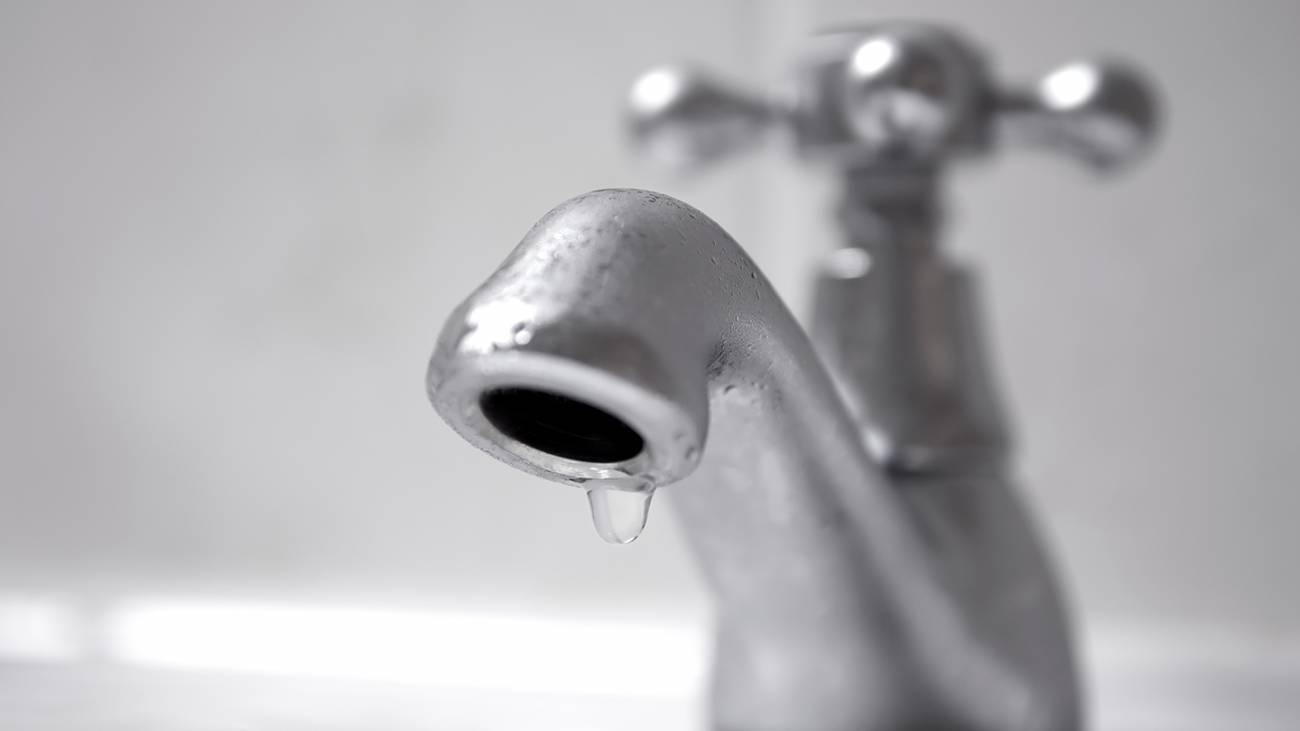Are you searching for answers about Here's How to Fix a Leaky Faucet?

Intro
A leaking tap could feel like a small aggravation, yet its repercussions extend far beyond the occasional drip. Understanding the effects of a dripping tap is critical for both home owners and the setting. In this post, we'll check out the various impacts of this usual family problem and why addressing it without delay is essential.
Sources Of Leaky Faucets
Leaking faucets can arise from a range of factors, consisting of deterioration, high water pressure, and rust. Over time, the consistent use of taps can result in damaged seals and gaskets, causing leakages to develop. In addition, excessive water stress can put pressure on plumbing fixtures, causing leakages. Corrosion and corrosion can additionally compromise tap parts, making them prone to leakage.
Water Wastefulness
Among the most considerable effects of a dripping faucet is water wastage. Even a little drip can add up to gallons of wasted water in time. This not just increases water costs yet additionally adds to water scarcity and environmental degradation. Dealing with leaky faucets quickly is important for saving this valuable resource and reducing its impact on the world.
Financial Impact
In addition to drainage, dripping taps can likewise have a considerable financial influence. Raised water expenses are a direct consequence of water wastefulness, costing homeowners thousands of dollars annually. In addition, the expense of repairing water damages caused by leakages can be significant, particularly if left neglected for a prolonged duration.
Environmental Influence
The environmental influence of leaky taps extends beyond water wastefulness. By conserving water, home owners can contribute to wider initiatives to mitigate water shortage and shield natural ecosystems. Lasting choices such as rain harvesting and water-efficient fixtures can additionally reduce the environmental footprint of home water use.
Technological Solutions
Developments in technology have led to the growth of smart taps and water-saving devices that aid reduce water waste. Smart taps use sensing units to find motion and change water circulation accordingly, lowering waste without sacrificing comfort. Water-saving devices such as aerators and low-flow showerheads are additionally efficient in preserving water without jeopardizing efficiency.
Global Perspectives
While leaking taps might seem like a localized issue, they add to broader global difficulties such as water shortage and environment adjustment. In areas currently facing water stress and anxiety, every decrease counts, making leakage prevention and fixing necessary. By adopting water-saving methods and investing in sustainable modern technologies, property owners can play their component in dealing with these pushing international issues.
Regulatory Procedures
Federal government regulations play a vital role in reducing the effect of leaking taps and advertising water preservation. From building codes that require water-efficient fixtures to water-saving incentives and refunds, policymakers have a variety of tools at their disposal. By carrying out and implementing these guidelines, federal governments can make sure that house owners prioritize water conservation in their day-to-days live.
Area Effect
Attending to leaky faucets calls for cumulative efforts at the community degree. By increasing understanding about the relevance of water preservation and offering sources for leakage detection and fixing, regional authorities can empower home owners to act. Campaigns such as water-saving refund programs and leak discovery campaigns can incentivize actions modification and advertise responsible water use.
Case Studies
Real-life instances of the impact of leaking taps highlight the value of proactive maintenance and prompt repairs. From water damage to increasing water costs, the consequences of neglecting leakages can be extreme. By sharing these case studies, homeowners can much better recognize the significance of addressing leaking faucets immediately.
Educational Campaigns
Educational projects play a critical duty in elevating recognition concerning the results of dripping taps and advertising water preservation methods. With workshops, seminars, and online resources, homeowners can find out just how to find and repair leakages themselves. By equipping individuals with knowledge and devices, instructional campaigns can foster a society of accountable water usage within areas.
Health and wellness Concerns
Dripping faucets can create helpful environments for mold and mildew and mildew development, presenting health dangers to passengers. The presence of mold can exacerbate respiratory system concerns and allergic reactions, particularly in prone individuals. Furthermore, water damages resulting from leakages can endanger the structural honesty of structures and lead to expensive repair services.
Do it yourself vs. Professional Repair work
When confronted with a dripping tap, property owners commonly question whether to try repairs themselves or hire a professional plumber. While DIY repair work can save money, they may not always deal with the underlying problem efficiently. Expert plumbing technicians have the experience and tools to identify and take care of leaks correctly, ensuring lasting options and comfort for property owners.
Preventive Measures
Protecting against dripping faucets calls for routine maintenance and aggressive steps. Simple jobs such as replacing damaged washers and seals can avoid leakages from establishing. In addition, upgrading to high-quality components and reducing water pressure can aid prolong the life-span of faucets and reduce the threat of leaks.
Final thought
Finally, the effects of a leaking tap extend far past the periodic drip. From water wastage and enhanced water expenses to wellness concerns and environmental influence, the consequences of ignoring leaks can be considerable. By attending to dripping taps without delay and taking on water-saving practices, homeowners can mitigate these effects and contribute to a more lasting future.
Causes and Consequences of a Leaky Faucet
Although it’s a relatively common issue, many people don’t know what causes a leaky faucet. Additionally, few homeowners are familiar with the consequences of leaky taps, causing them to ignore the problem. However, much of the damage caused by leaky faucets can be prevented by reacting swiftly.
In this article, we’ll provide a better understanding of leaky faucets by listing their causes and consequences.
What causes a leaky faucet?
Many internal pieces of the faucet responsible for turning the water on and off can break. Consequently, they can’t function correctly and will give rise to leaks. Here are a few common causes of leaks:
Loose washers
The washer opens and closes when turning the faucet on and off. This movement produces friction, causing wear and tear. Over time, the washer gets worn out and won’t fit closely to the valve seat, leading to a leak.
Worn out O-rings
O-rings seal gaps between the internal parts of the faucet. If they fail, water can seep through these gaps and result in a leaky faucet.
Poor seals
Many faucets have inlet seals that let water freely flow when turning the faucet on and stop when it is turned off. If there’s too much sediment or water pressure, the seals can suffer damage and cause the faucet to leak.
Corroded valve seat
The valve seat sits at the bottom of the faucet’s mechanism. It plays a part in turning the tap on and off, and it can corrode due to repeated usage. If so, water will be dripping around the handle area.
Worn out faucet cartridge
Single-handle faucets have a faucet cartridge that helps control the water flow. Due to normal wear and tear, the cartridge can start leaking.
What are the consequences of a leaky faucet?
High water bills – Dripping faucets can lead to much higher water bills due to the amount of water wasted. In particular, as much as 17 gallons of water can be wasted during a single day if a faucet has about one drip per second. Mold and rot – Mold can develop in any moist area, making the area around leaky faucets an ideal breeding ground. Also, any wooden elements affected by the leak can eventually rot. Overflows and drain clogs – If the leak persists for a while, it can cause a lot of stress on the plumbing system and lead to overflows and drain clogs. Water stains – Minerals accumulating in the sink due to a leaky faucet can be quite tricky to remove. In the worst-case scenario, you might need to buy a new sink. https://www.jimmyjoesplumbing.com/blog/causes-and-consequences-of-a-leaky-faucet

We had been introduced to that report about Health Risks Posed by Leaking Faucets through a good friend on another web address. Do you know anybody else who is enthusiastic about the topic? Take a moment to share it. We thank you for your readership.